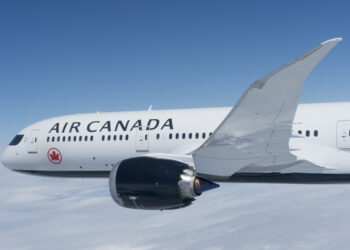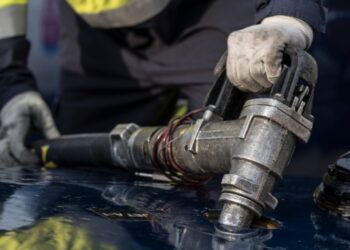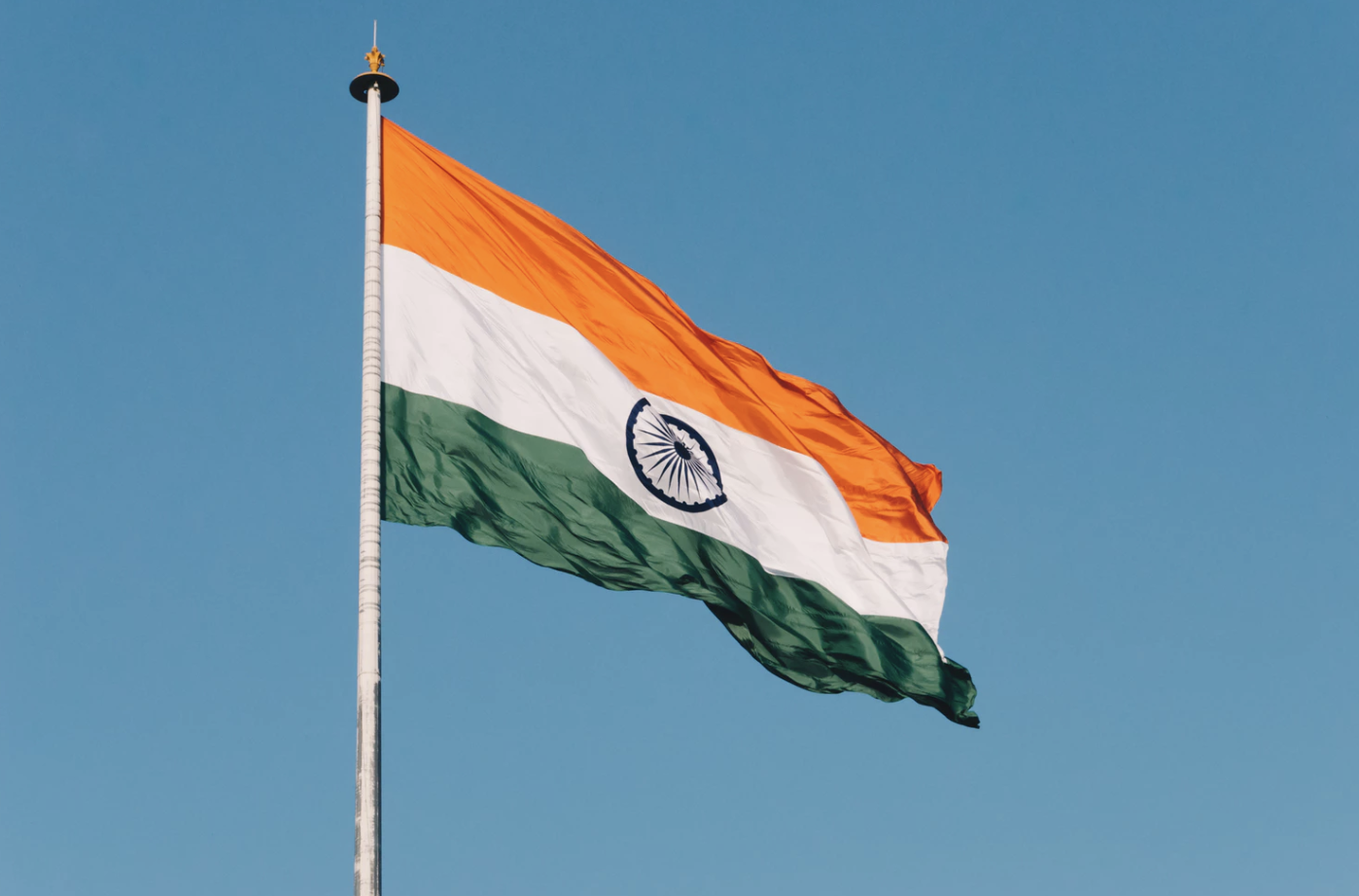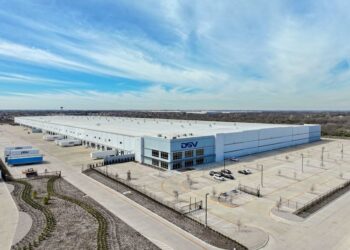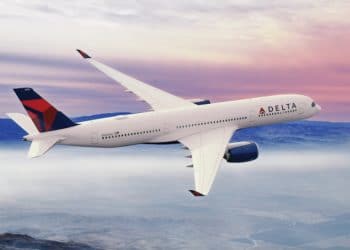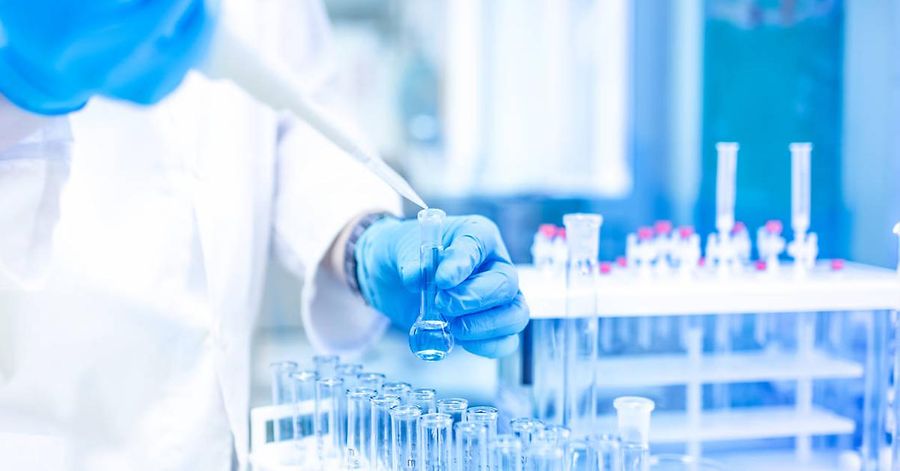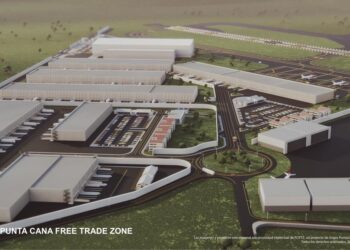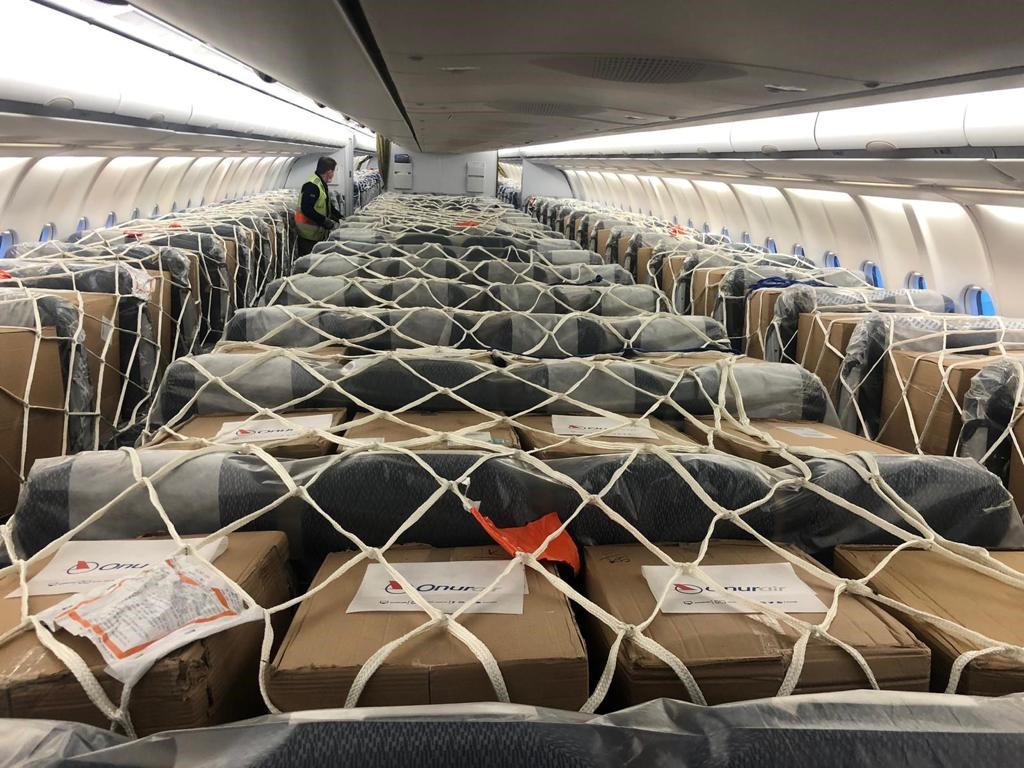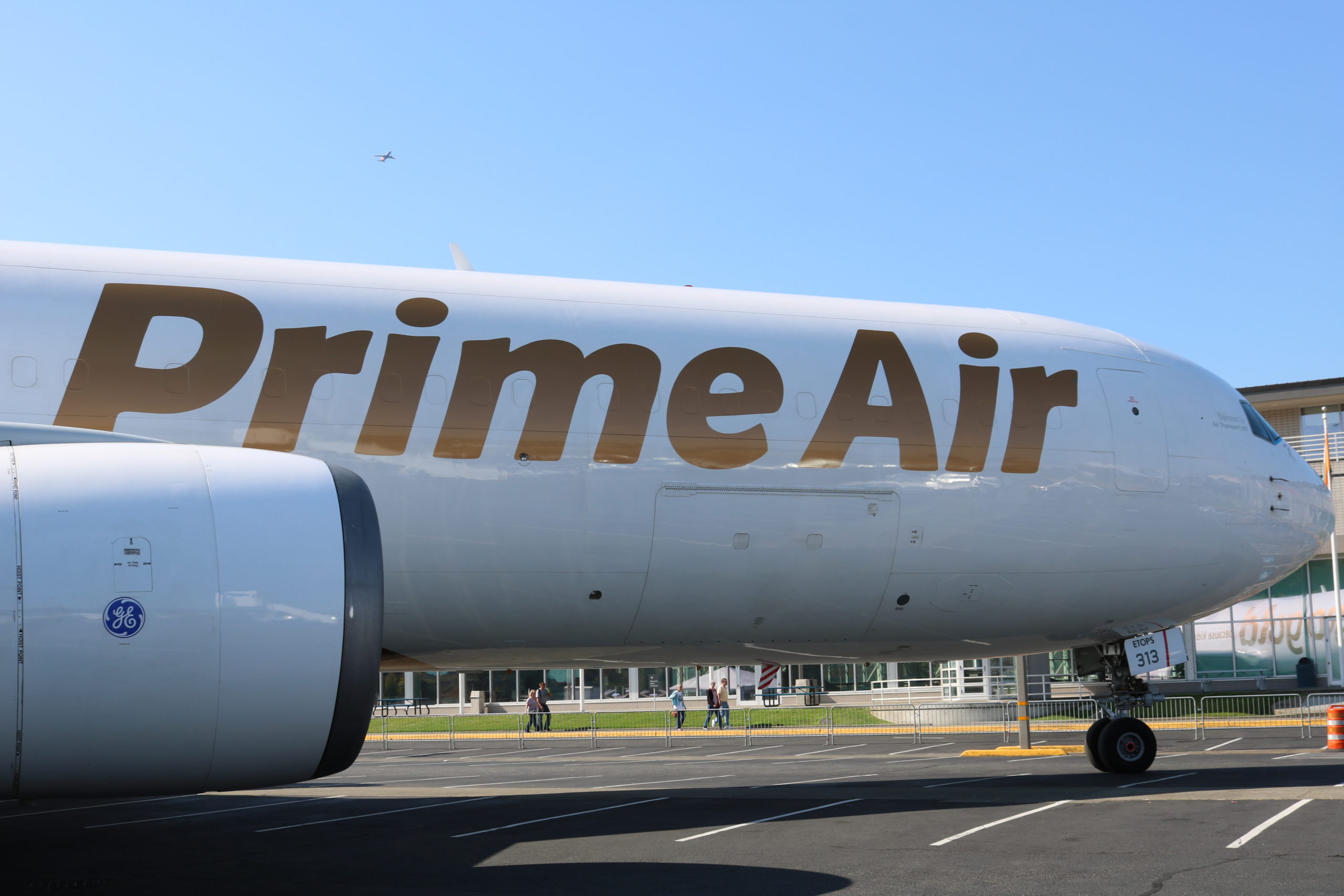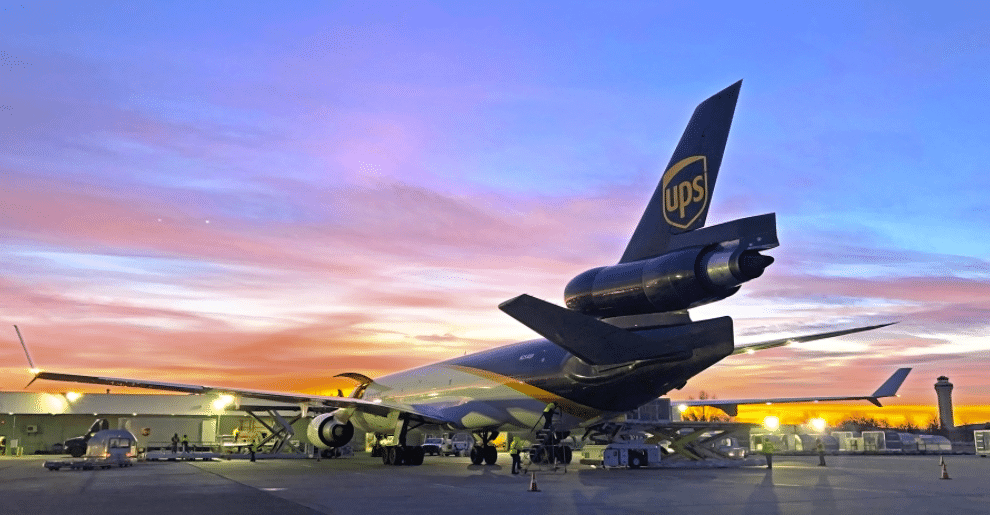No products in the cart.
Keeping Track & Trace: High-tech tools bring supply-chain transparency
Tracking smarter
With its promise of transparency, the future of track and trace looks bright. But experts say the systems need to smarten up via artificial intelligence (A.I.), machine learning or predictive software.
“We’re taking all the raw data that we’re getting from these systems and putting it with location over time and behavior, and creating A.I. models on the cloud,” Crupi said. “That means that the edge can start predicting when something is going to happen.”
There are enough technologies on the market that are being worked on, using sensors or some A.I., to record how things get loaded and handled. Advantech’s Allen says A.I. will only improve accuracy. “You’re going to start seeing more capability of saying, this 4.5-hour flight, under ideal conditions, should never have an out-of-range issue,” he said.
Allen also predicted that some other type of technology will be devised to broaden the scope of track and trace. “We’re going to be moving the technology from the static environment of air cargo containers, out physically in the field of the manufacturing plant, so that all along that supply chain, we can monitor those environments.”
At Airspace, Rusnak said the future of track and trace will revolve around “augmented routing” – a type of machine learning that adjusts to customers’ demands. “We have some customers who want, say, the second-to-last flight of the day, only if it’s direct and only if it’s Delta,” he said. “I’m not going to code anything to do that, so we actually use deep artificial neural network to route these things.”
Every time a customer places a complicated order, Rusnak said Airspace’s machines will automatically remember that order in the future. “It’s going to be using machine-learning to augment humans,” he said. “Routing, track and trace, managing driver positions, dispatch. We use algorithms for almost all of that. Humans will be the exception.”
Page 5 of 5

